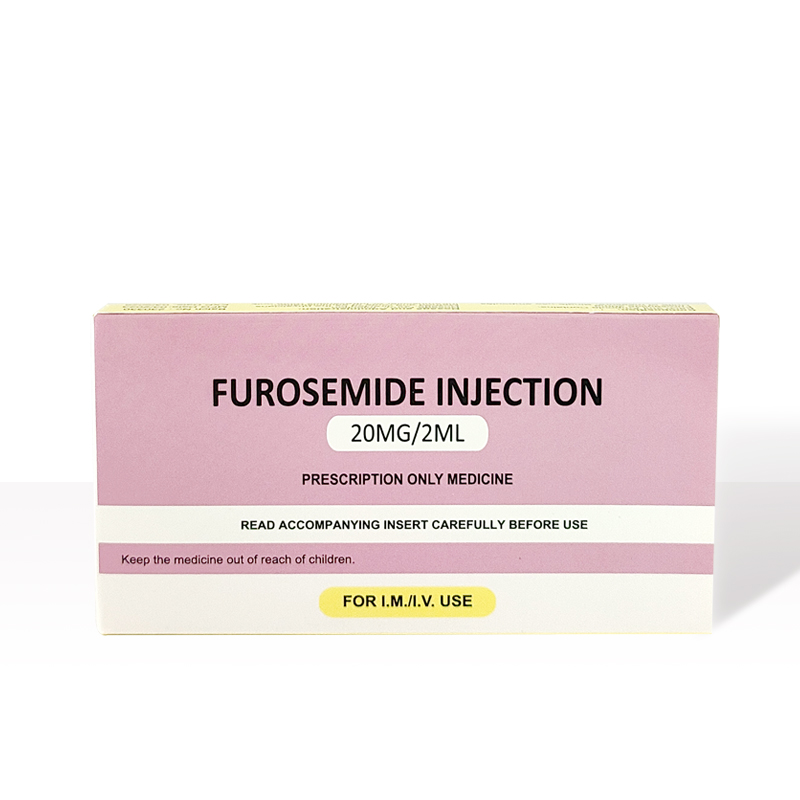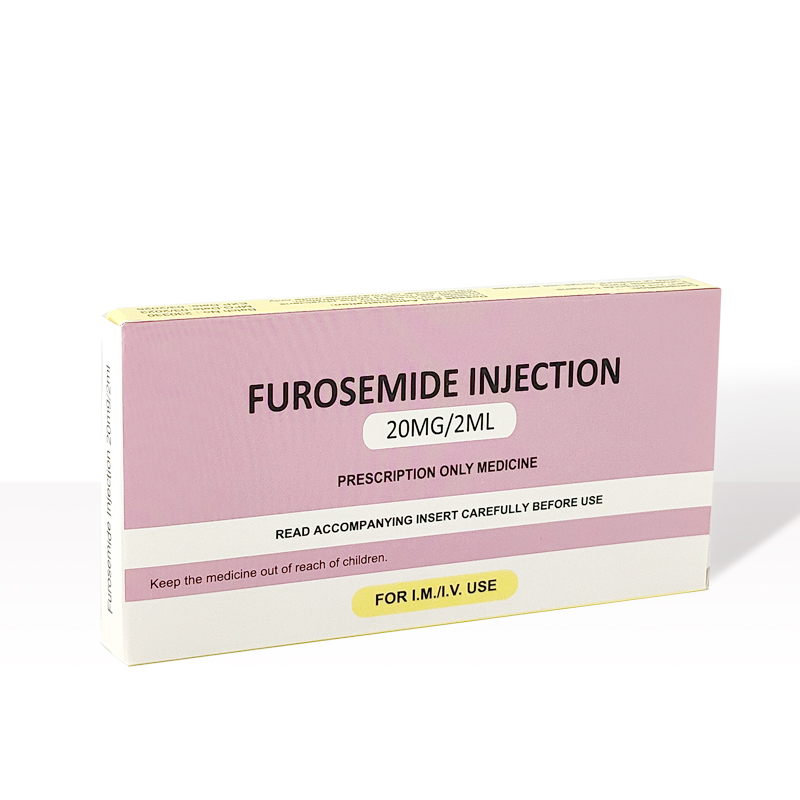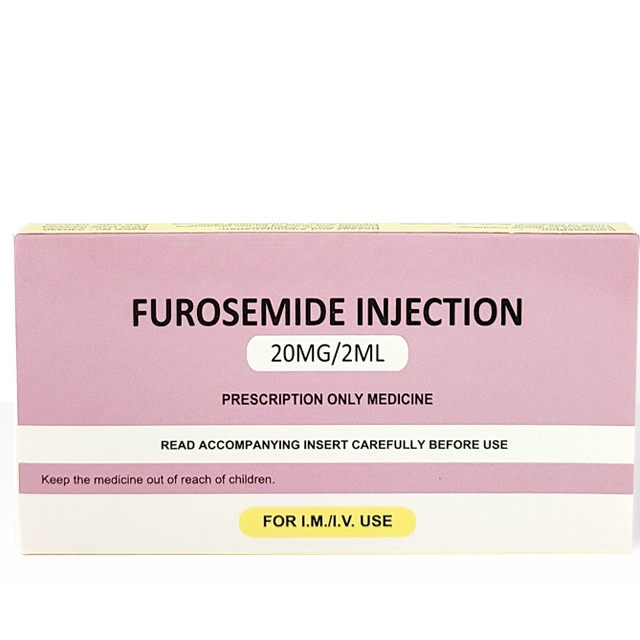





Mechanism of Action
Furosemide is a potent loop diuretic that primarily works by inhibiting the Na+/K+/2Cl? co-transporter (NKCC2) in the thick ascending limb of the loop of Henle in the kidneys. By blocking this transporter, furosemide reduces the reabsorption of sodium, potassium, and chloride ions. This leads to an increase in the osmolarity of the tubular fluid, resulting in greater water retention in the renal tubules and ultimately increased urine output. Additionally, furosemide can increase the synthesis of prostaglandin E2 (PGE2), which helps to dilate renal blood vessels, enhance renal blood flow, and increase glomerular filtration rate.
Applications
- Edema Management: Furosemide is used to treat edema associated with various conditions such as heart failure, cirrhosis (e.g., ascites), and nephrotic syndrome.
- Hypertension Management: It reduces blood pressure by decreasing blood volume through diuresis.
- Acute Pulmonary Edema: Furosemide can rapidly alleviate symptoms of acute pulmonary edema.
- Hyperkalemia: It helps lower serum potassium levels by promoting potassium excretion.
Dosage and Administration
- Oral Administration:Adults: The initial dose is typically 20–80 mg once or twice daily.Children: The dose is usually calculated based on body weight, at 1–2 mg/kg once or twice daily.Onset of Action: Oral administration typically results in diuresis within 30–60 minutes, with peak effects occurring within 1–2 hours.Duration of Action: The diuretic effect lasts for approximately 6–8 hours.
- Intravenous (IV) Administration:Adults: The initial dose is usually 20–40 mg, which may be repeated if necessary.Children: The dose is 1–2 mg/kg, which may be repeated if necessary.Onset of Action: IV administration results in diuresis within 5 minutes, with peak effects occurring within 30 minutes.Duration of Action: The diuretic effect lasts for approximately 2 hours.
- Precautions: When using furosemide, it is essential to closely monitor electrolyte levels to avoid electrolyte disturbances caused by excessive diuresis.
Storage
- Storage Conditions: Furosemide tablets should be stored in a dry, cool place, protected from high temperatures and direct sunlight.
- Expiration Date: Always refer to the expiration date on the product packaging. Do not use expired medication.
- Child Safety: Ensure that the medication is stored out of reach of children.









 2006-2025 上海博華國際展覽有限公司版權(quán)所有(保留一切權(quán)利)
滬ICP備05034851號(hào)-57
2006-2025 上海博華國際展覽有限公司版權(quán)所有(保留一切權(quán)利)
滬ICP備05034851號(hào)-57